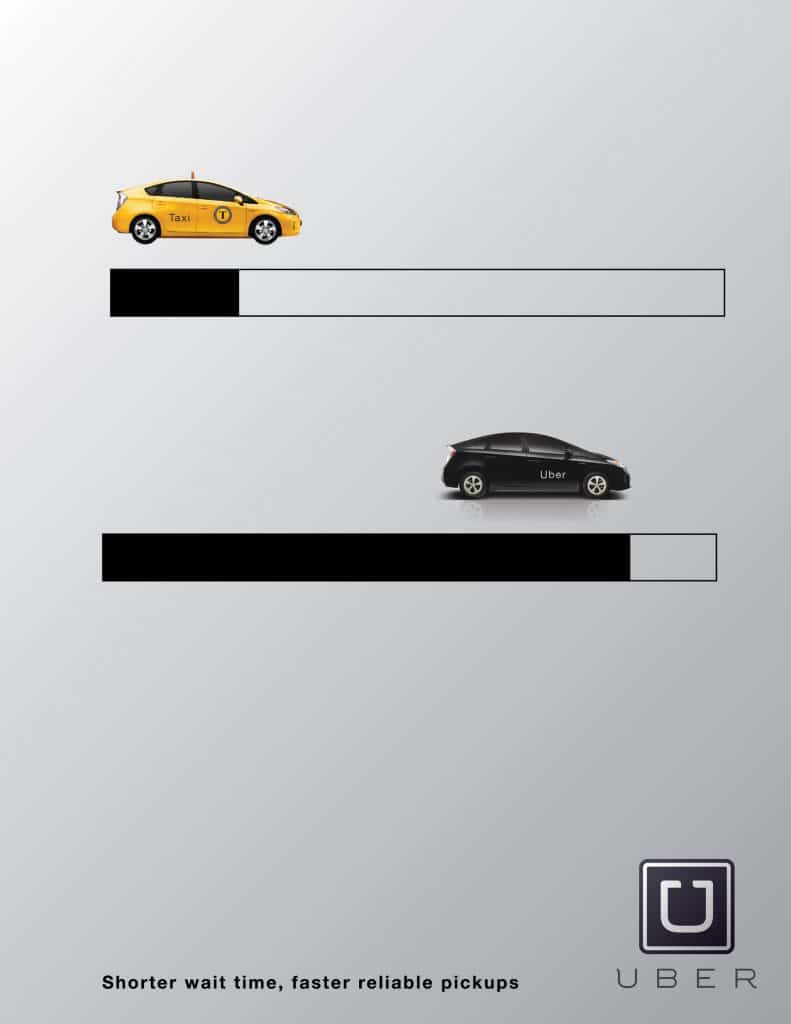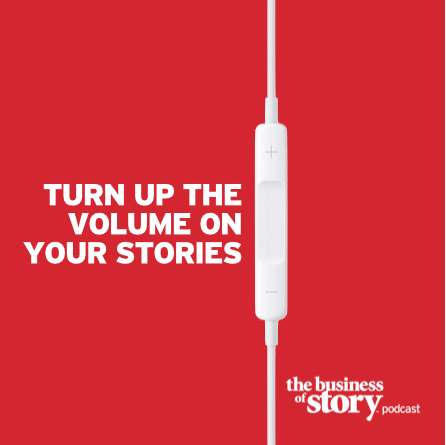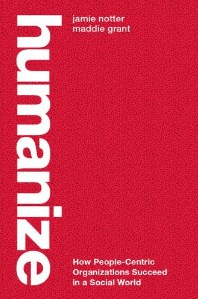What B2B marketers can learn from Hollywood B2C value propositions
All business leaders and communicators have important brand stories to tell. But most aren’t being heard, especially in your B2B marketing. There is little differentiation. Colleagues aren’t pulling in the same direction. Sales teams aren’t performing from the same script. Customers don’t appreciate the value you offer.
That’s why Chapter 4 in the Story Cycle brand story strategy methodology is so important. If you do nothing else with this proven process, at least consider what your value proposition is, how representative it is of your brand, and how relevant it is in your market.
The three steps we like to use when helping B2B marketers find their value proposition takes us from Hollywood to consumerdom to your hood.
Step 1: What Hollywood knows that you need to know
Think of your favorite movie. What happens in the movie that changes everything and propels the story forward?
A tornado appears and whisks Dorothy off to the colorful Land of Oz where the real adventure begins. Luke Skywalker finds his aunt and uncle mudered by stormtroopers, and the next thing you know he’s in the pirate town of Mos Eisley as he begins his quest to vanquish the Empire.
 Neo pops the red pill and ventures into the cyber wonderland of the Matrix.
Neo pops the red pill and ventures into the cyber wonderland of the Matrix.
These events create an inciting incident. Disruption. Which turns our hero’s world upside down and moves them to action.
No inciting incident, no story. The same is true with your brand story. No market disruption that provides the opportunity for you to respond with your offering, no story.
Step 2: What B2C marketers know that you need to know
Most business-to-business marketing is void of solid positioning and relevant value propositions. Professional services firms languish in me-too, features-and-benefits messaging and struggle to define their business stories.
Consumer brands do a much better job at staking out their market position and using story to deliver a relevant and defined value proposition. And you can see Hollywood storytelling techniques from their brand strategy to their creative execution.
Apple did this with its legendary 1984 Super Bowl TV spot. Jobs turned the personal computing world on its head with this Ridley Scott directed TV spot. Regardless of the theatrics, Apple became relevant by disrupting the industry. They became the tornado or red pill that transported consumers into a new dimension of personal computing.
Dollar Shave Club has created an inciting incident in the razor business. They have more than 2 million members and are worth North of $600 million by simply delivering razors to your home for $1 per month.
The founders of Tuft & Needle disrupted the mattress industry with high quality and less expensive alternatives. They now provide the top-rated mattress on Amazon.com and are projected to do $50+ million in revenue in 2016. They opened in 2013.

Uber has steered the taxi business into the ditch.

AirBnB is now the largest hotelier in the world, and like Uber owns no inventory.

There’s no margin in the status quo
Is your professional services firm disrupting the market, or are your responding to disruption in the market? Either way, you become the go-to brand when your product or service helps your customers overcome disruption in their lives. If not, you’re a commodity.
A decisive unique value proposition articulates how you deliver on this disruption.
Step 3: Creating your value proposition for your professional services firm
In Chapter 1 of the Story Cycle, you claimed your #1 position in the market: what you do better than anyone else. In Chapter 2, you identified your top three audiences and learned how to create killer customer personas. In Chapter 3, you determined what’s at stake for both your organization and your customer.
Now you will declare your unique value proposition. This is the statement that defines how you perform and creates relevancy for your brand.
To start, write and And, But & Therefore (ABT) statement about your current brand state. The “And” is the set up, the “But” introduces the opportunity through conflict. And the “Therefore” is the how your brand resolves the conflict through its offering. Think of the ABT as the DNA of your three-act brand story.
For instance, the ABT that I used to help craft the unique value proposition for the Business of Story platform is this:
I have been in advertising for 30 years and have helped companies and organizations large and small experience epic growth for their enterprises and the people within them.
But, technology has leveled the communications playing field. Brands used to own the influence of mass media, and now the masses are the media and our messages are drowning in a cacophony of communications.
Therefore, to rise above the attention economy, smart brands are evolving from promoters of stuff to publishers of meaningful content that empowers audiences and moves people to action through the power of story.
Now It’s Your Turn
Draft your ABT statement about the brand, and make sure you’re crystal clear on the “But” section. This is where the inciting incident happens that shakes your customers out of status quo and into a whole new and exciting world of your offering.

From here, you use the content from the first three chapters of the Story Cycle to help you define your unique value proposition. Here’s how it looks for the Business of Story.

And then you boil it down to arrive at your unique value proposition.
Sharing the applied science and bewitchery of business storytelling to help you nudge the world in any direction you choose.
Here’s an example of how our unique value proposition helps us focus our communications and have fun in the process with this Instagram post.
We, like you, are a professional services firm. But we turn our B2B marketing into B2H (Business to human) marketing to help us connect on more natural terms with our audiences. A well defined unique value proposition created through the Story Cycle process helps you do that.
To help you with your brand story for your professional services firm, we have captured our entire process in this DIY guide to help you craft and tell compelling stories that sell.

(This is post #4 of 10 articles that will guide you through the Story Cycle brand story strategy. My goal is to help you refine and define your brand story and get it heard to grow your enterprise and people. To aid you in this pursuit, download your Your DIY Guide Craft and Tell Compelling Brand Stories That Sell workbook.)













at 12:25 pm
[…] Described your unique value proposition as your call to adventure […]
at 6:23 am
[…] Define your brand’s unique value proposition to craft a story you can live into and profit from and become timely, even urgent, to your customers […]
at 7:40 am
[…] Define your brand’s unique value proposition to craft a story you can live into and profit from and become timely, even urgent, to your customers […]
at 6:13 am
[…] Water, Virgin Airlines, Uber, AirBnB, even Donald Trump channeling PT Barnum have moved the masses through the compelling use of story […]
at 12:48 pm
[…] at stake in your brand story for both you and your customer. In chapter four you created your unique value proposition; how your brand is the most urgent and relevant option to answer disruption in the market and in […]